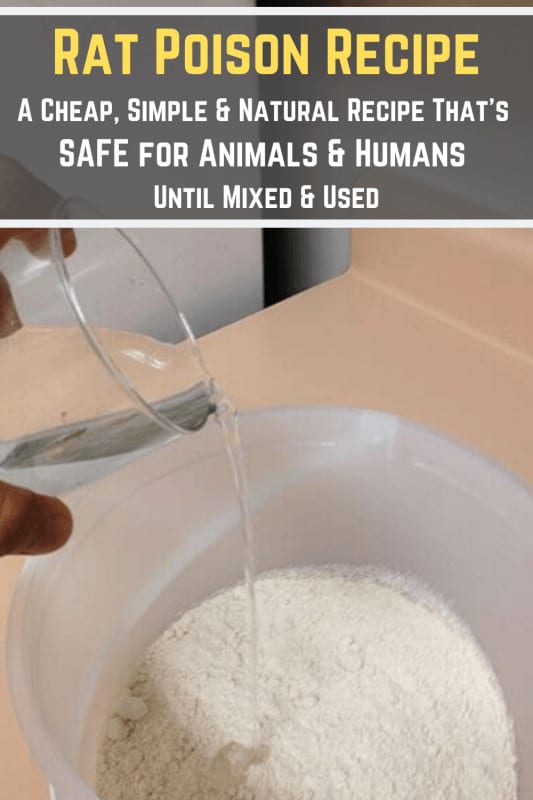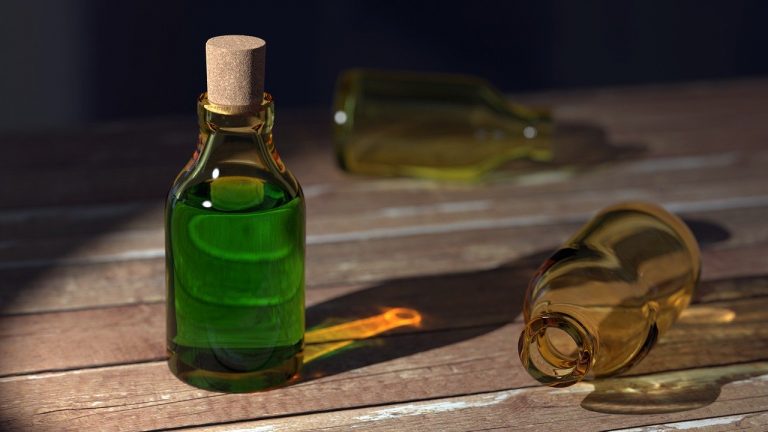

Poisoning occurs within one hour of ingestion and can lead to neurologic signs such as muscle twitching, stiffened neck, dilated pupils, seizures, and hypersensitivity. Strychnine inhibits the neurotransmitter glycine in the spinal cord. There is no available antidote for bromethalin exposure. At lower doses, animals may have hind limb weakness, ataxia (imbalance), and depression. Chemicals considered “second generation” anticoagulants (SGARs) are highly toxic after a single feeding and include brodifacoum, difenacoum, and bromadiolone.īromethalin can cause rapid onset of seizures when high doses are consumed along with clinical signs such as muscular hyperexcitability, muscle tremors, increased reflexes in the hind limbs, and hyperthermia (elevated body temperature). The “first generation” chemicals such as warfarin require multiple ingestions of bait to result in toxicity, while anticoagulants like chlorophacinone and diphacinone are more toxic and require fewer feedings to result in intoxication. Common anticoagulant rodenticides include warfarin, diphacinone, chlorphacinone, brodifacoum, difenacoum, and bromadiolone.Īnticoagulants vary in toxicity to non-target species. Lack of vitamin K prevents the liver from making blood clotting factors, and once the body stores run out, blood will not clot normally. In addition, squirrels, skunks, raccoons, and woodchucks died from rodenticide poisoning. Animals affected included several species of birds that prey on rodents, including red-tailed hawks and owls. Over 40 cases of rodenticide poisonings in wildlife were identified by the New York State Wildlife Health Program between 20. The treatment for non-anticoagulant rodenticide poisoning is typically only supportive care. Vitamin K is used to treat anticoagulant rodenticide intoxication and help restore normal coagulation. There are currently no blood tests for birds for anticoagulant rodenticide exposure.ĭiagnosis of non-anticoagulant rodenticide toxicity is based on detection of the chemical in the digestive system or tissues of the animal. The clinical signs include rapid onset of seizures, muscle tremors, limb weakness, ataxia, neurologic signs, respiratory paralysis, anorexia, nausea, vomiting, diarrhea, and lethargy.

Non-anticoagulant rodenticide toxicity symptoms are more variable and are dependent on the chemical and dose. Bleeding can occur internally or externally and can affect any part of the body. Specific clinical signs can include widespread bruising, bleeding into body cavities, and blood in the urine or feces if the bleeding is sudden and significant, then cardiovascular shock and death can result. Ingestion of a significant amount of anticoagulant rodenticides results in interference with blood coagulation and spontaneous bleeding. The time between exposure and development of clinical signs is dependent upon the specific chemical and amount consumed.

Rodenticides are toxic to many species of birds and mammals including pets, farm animals, and wildlife species. Non-anticoagulant rodenticides vary in their mechanism of action and include bromethalin, strychnine, cholecalciferol, and zinc phosphide. Anticoagulant rodenticides work by interfering with the activation of Vitamin K, a critical component in the production of blood clotting factors in the liver. Rodenticide toxicity can be caused by any of several types of rodent poisons that fall into two general categories, anticoagulants, and non-anticoagulants.


 0 kommentar(er)
0 kommentar(er)
